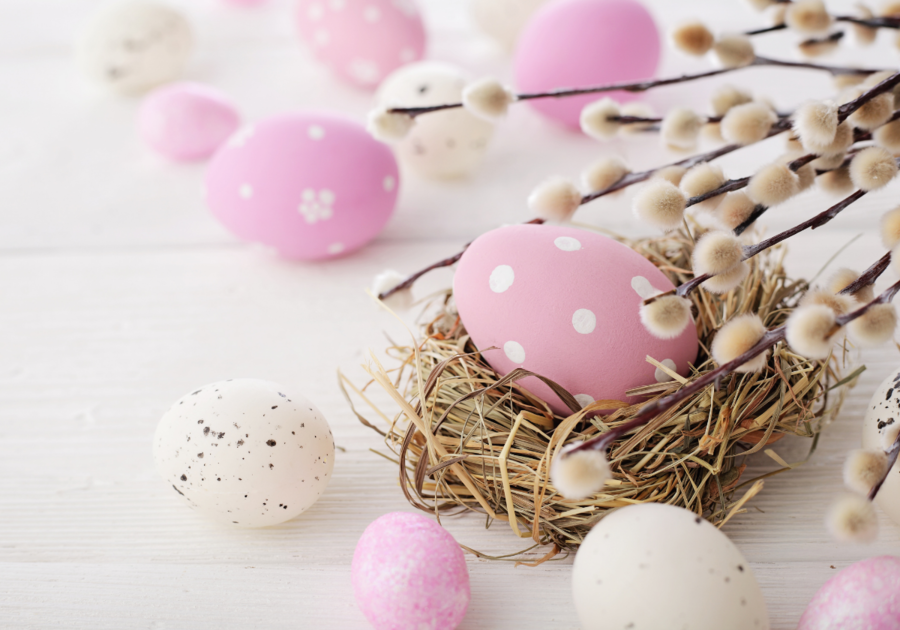AIt's Easter and it's time for the Easter Bunny! But where did the Easter Bunny come from and how did he get involved in Easter? Bunnies, candy and eggs...oh my! Symbols of Eastertime indicate renewal of life and new beginnings. Let's see how it all ties together.
1. There’s No Mention of the Easter Bunny in the Bible. So How is He Connected to Easter? |
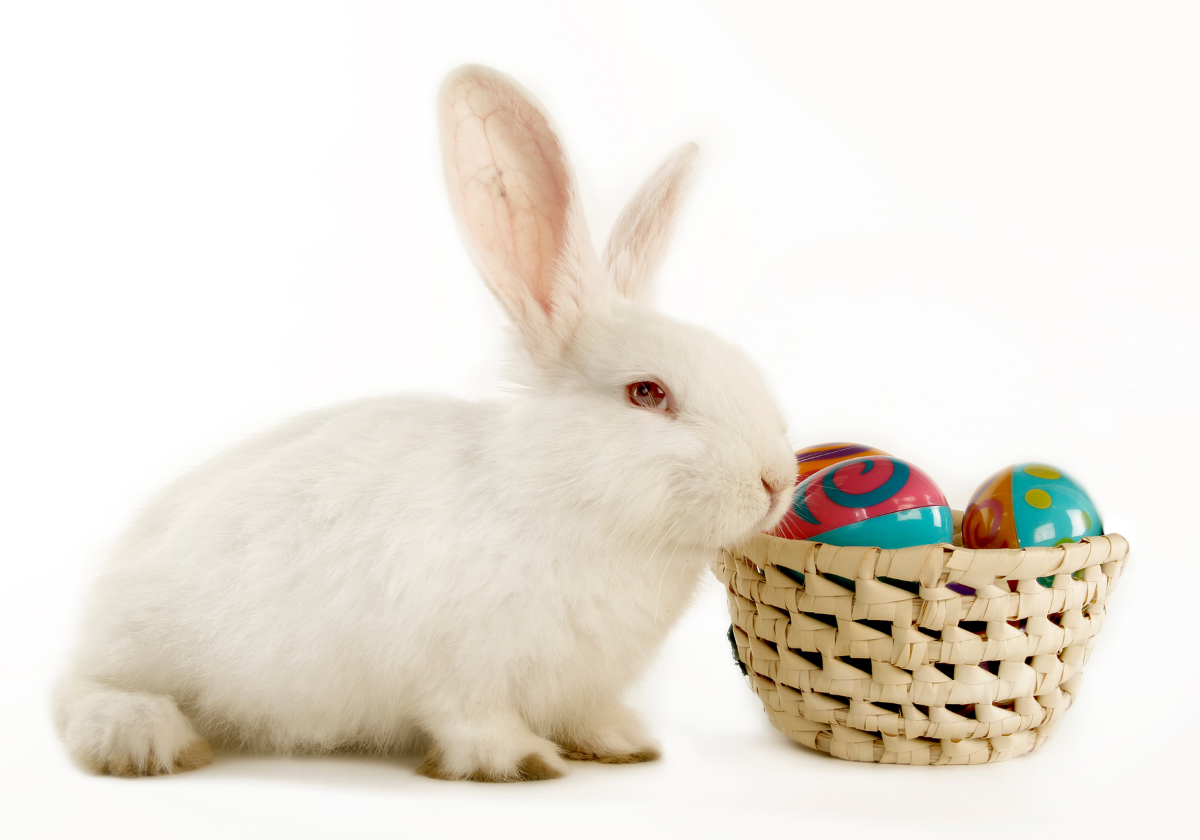 ElisaGH-Canva |
The Easter Bunny is never mentioned in the Bible, yet he is associated with Easter. Our furry friend probably originated as part of an Anglo-Saxon festival honoring a goddess named Eostre, whose sacred symbols are the hare and the egg.
Some Christian missionaries hoped that celebrating Christian holy days at the same times as pagan festivals would encourage conversion, especially if some of the symbols carried over.
2. Where Did the Idea of the Bunny Delivering Goodies to Children Come From? |
 DEPA Images-Canva DEPA Images-Canva |
The first story about a rabbit coming to your backyard in early spring and leaving eggs in the garden was published in Germany in 1680. Dutch settlers in Pennsylvania brought the bunny to the United States in the 1700s They told their children stories about the Oschter Haws (or Osterhase), a hare from German folklore that gave colorful eggs to well-behaved children on Easter.
3. Easter’s Date is Determined by the Lunar Cycle. |
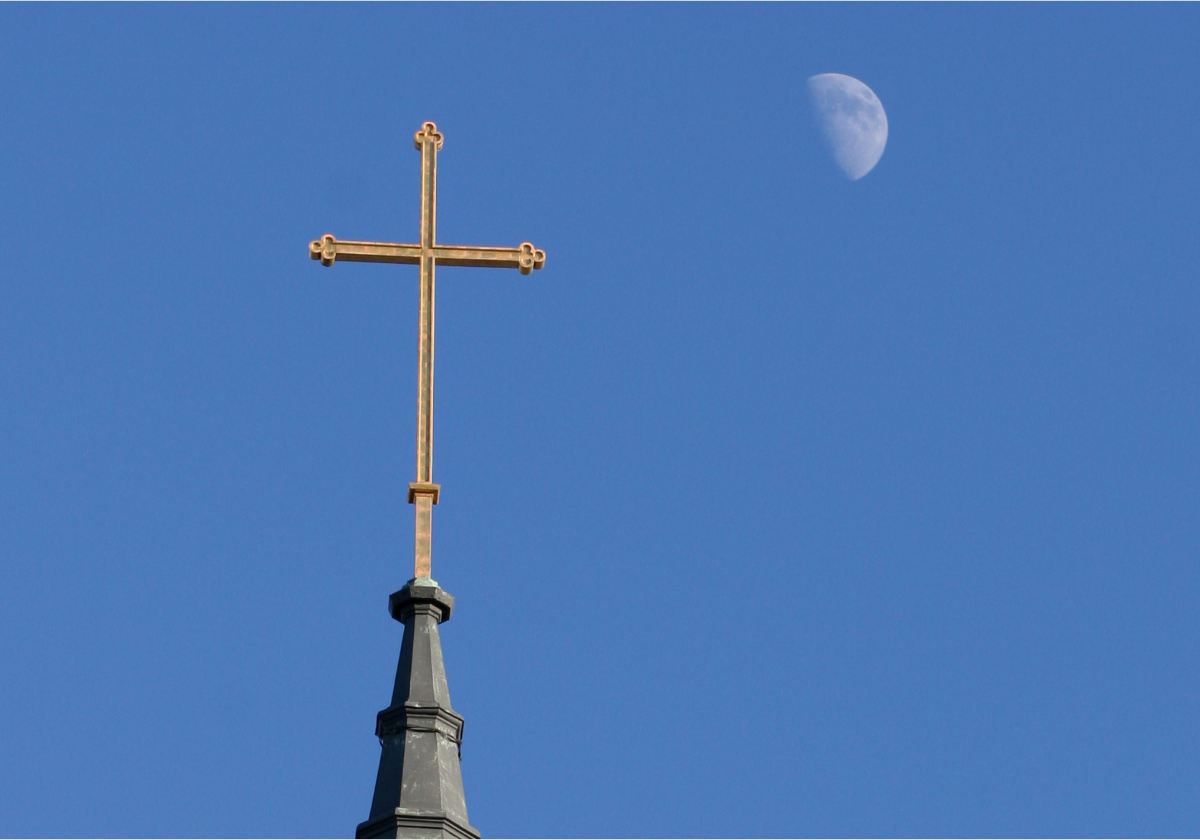 Sean Lawrence-Canva |
Did you know that the date of Easter Sunday is determined based on the cycles of the moon? Easter occurs on the first Sunday after the Paschal full moon, which is the first full moon on or after the Spring Equinox.
4. We Have the Ukraine to Thank for Egg Decorating |
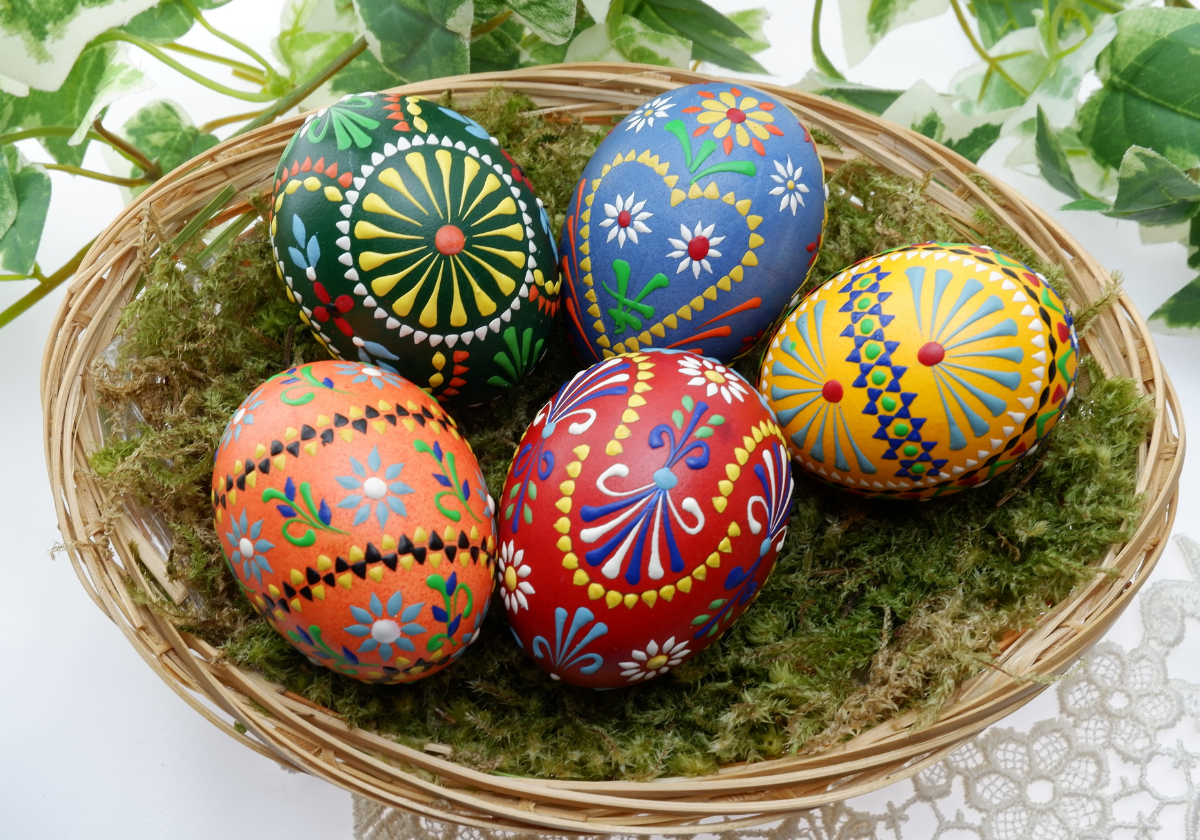 Canva |
While the tradition of dyeing eggs at Easter may have begun as a religious practice, the custom of decorating those eggs comes from a Ukrainian craft dating back thousands of years. The eggs, called pysankas, are painstakingly created using wax and dyes, a process Ukrainian immigrants brought with them to the United States.
5.Pretzels Used to be a Part of the Easter Tradition. |
 Canva |
Throughout Europe, pretzels were once thought to be a symbol of good luck, long life, and prosperity, with the three holes representing the Holy Trinity. They even b My Italian family used to make Sicilian Cuddura an Italian Easter Cookie. Fins a recipe here.
6. Easter Baskets Have Special Symbolism. |
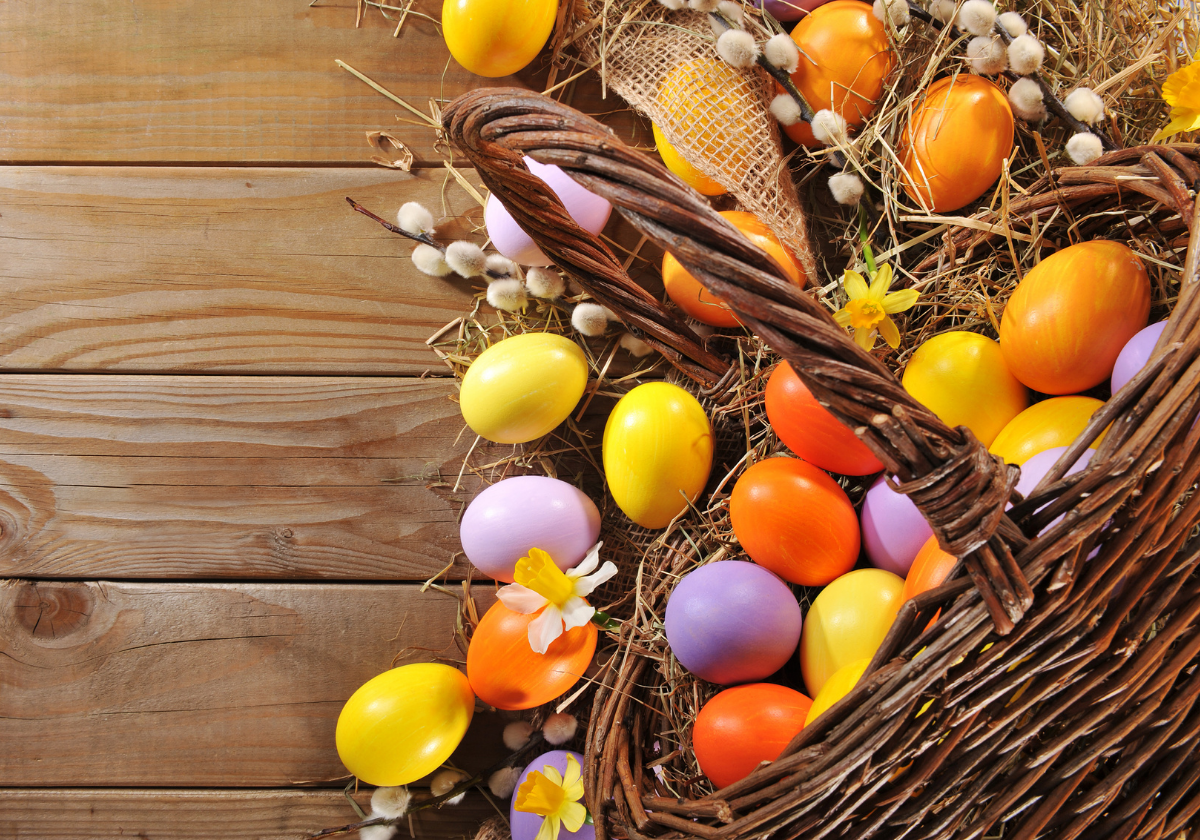 Canva |
The woven treat containers represent birds' nests and new life, especially when filled to the brim with eggs.
7. What is the Easter Flower? |
 Canva |
Easter lilies are the official flower of Easter and symbolize the resurrection of Christ. It’s also believed that the large, white flowers described in the Bible as growing quickly throughout Palestine were lilies.
8. Americans Buy About 700 Million Peeps During Easter. |
 Canva Canva |
Every year, about 2 billion Peeps candies are produced. That's enough to circle the earth two and a half times. Americans buy more than 700 million Marshmallow Peeps, shaped like chicks, as well as Marshmallow Bunnies and Marshmallow Eggs, making them the most popular non-chocolate Easter candy.
9. More Than 1.5 Million Cadbury Creme Eggs are Made Every Day. |
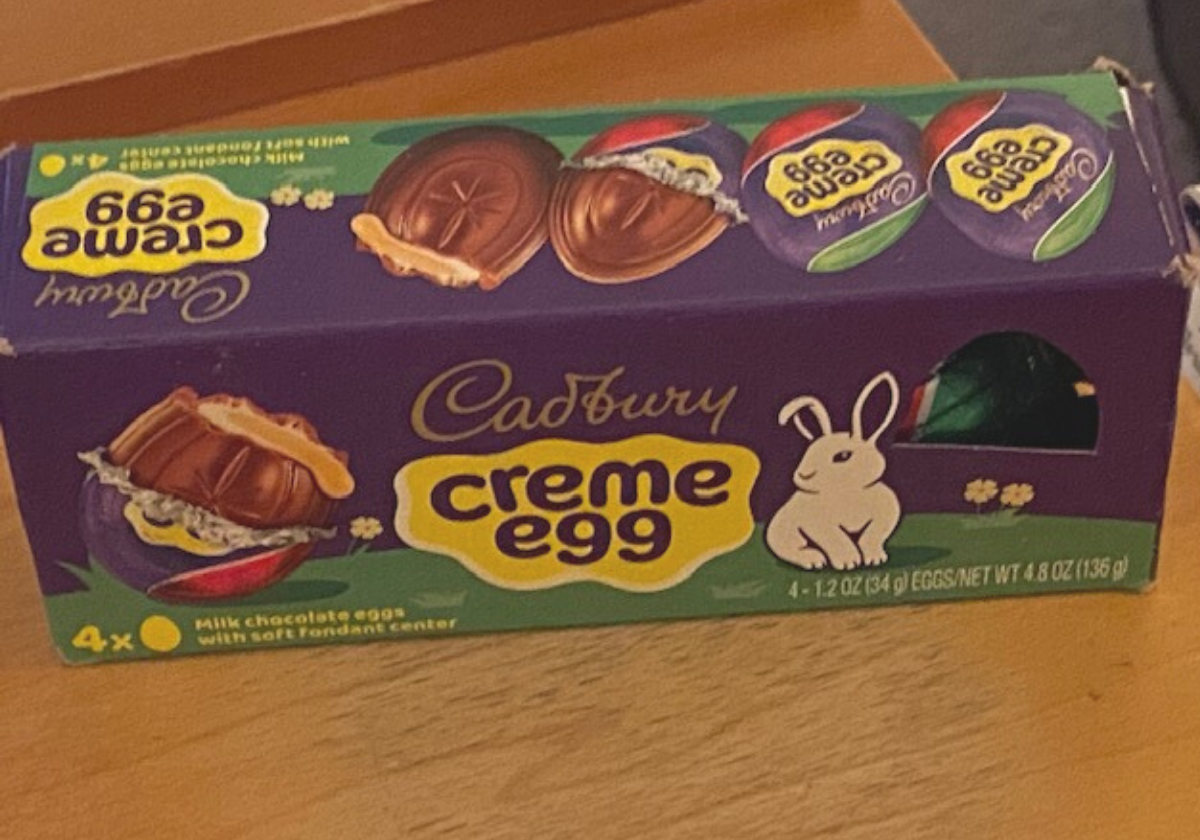 Mary Anne Plauda Mary Anne Plauda |
Even more impressive is that the Bourneville factory in Birmingham, England, churns out 500 million of the cream-filled eggs every year. If all the Cadbury Crème Eggs made in a year were stacked on top of each other, the pile would be ten times higher than Mount Everest!
10. Americans Consume Over 16 Billion Jellybeans During Easter. |
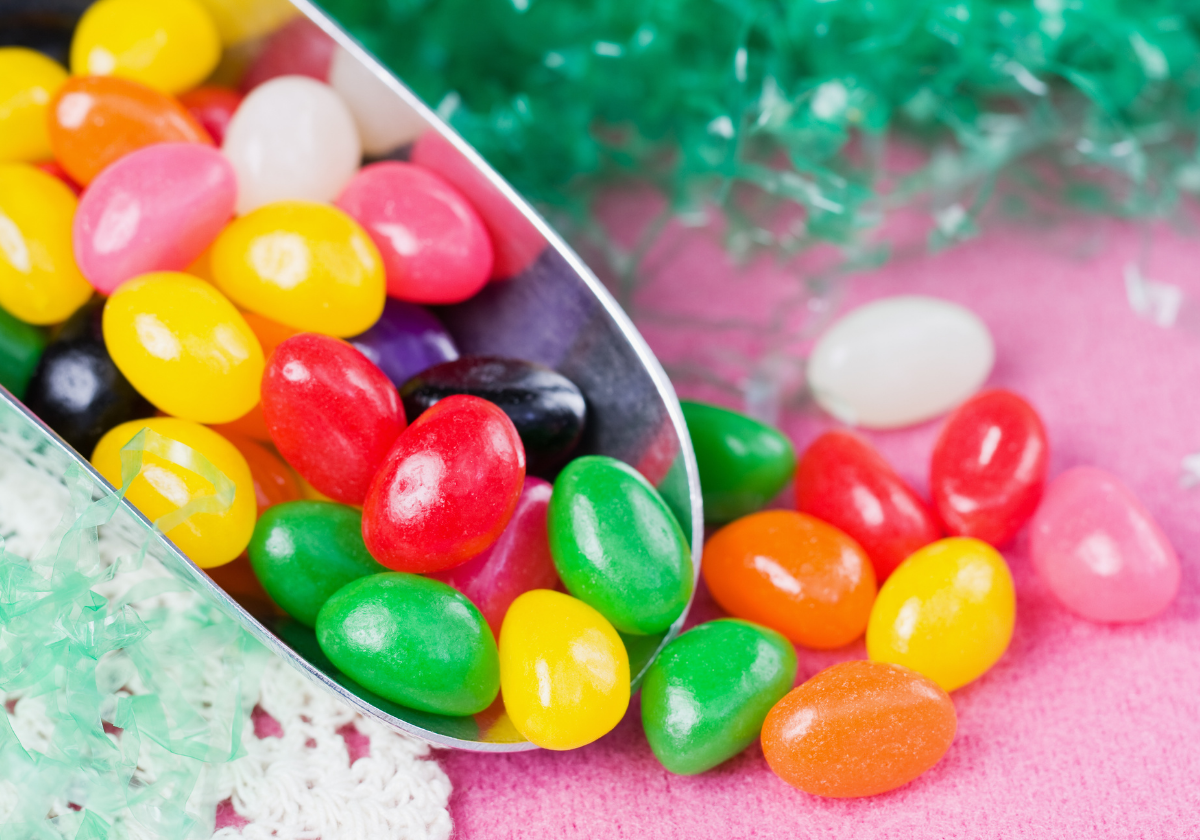 Canva Canva |
That's enough jellybeans to circle the globe not once, not twice, but three times — or to fill a plastic egg the size of a nine-story building.
11. A surprising 59% of people eat the ears first. |
 Canva Canva |
Only a handful start with the feet or tail, and the rest apparently don't have a plan of action. If that's you, consider this your inspiration to give it a little thought before cracking into yours (or the kids').
12. Every Year, the White House Hosts a Special Easter Celebration. |
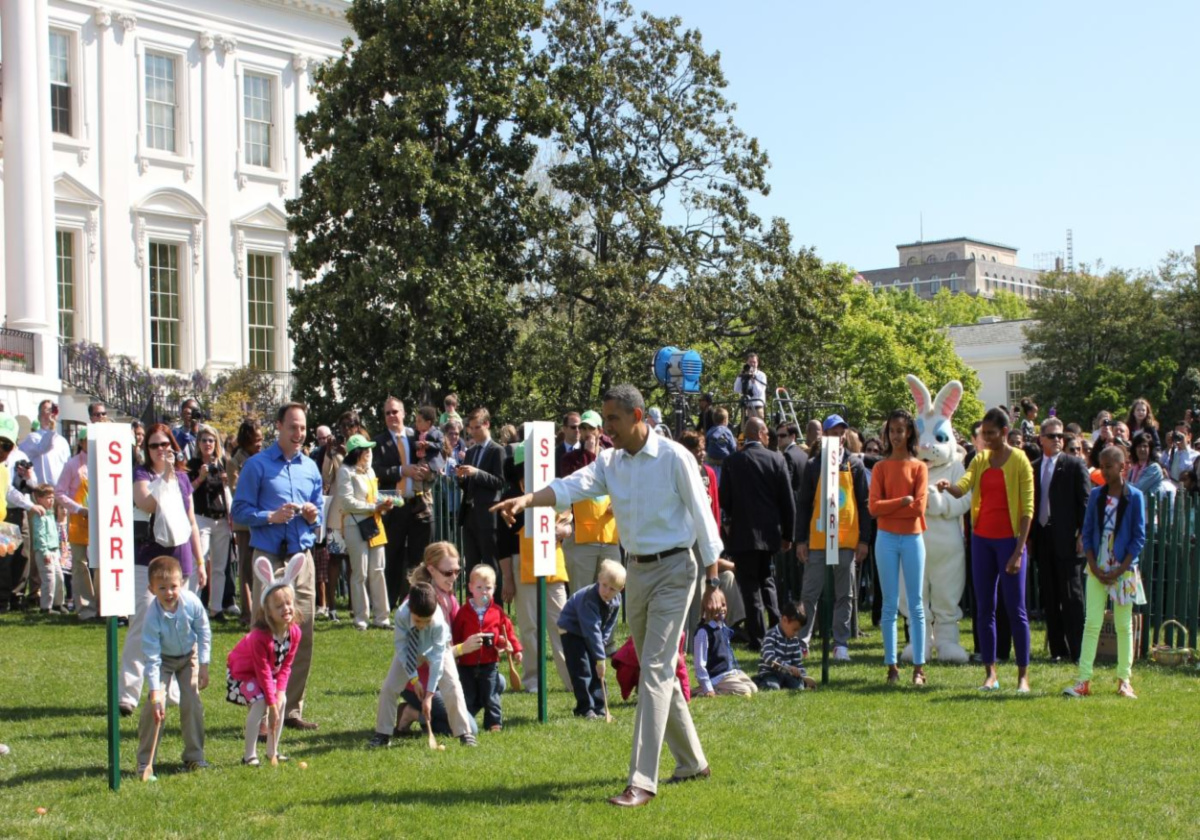 Jessica Sabbah Jessica Sabbah |
The White House is known for throwing a good holiday party, and Easter is no exception. For over 130 years, the president has hosted an Easter Egg Roll on the South Lawn, where children roll pastel hard-boiled eggs with a spoon. The traditional began during Rutherford B. Hayes' administration in 1878 after Congress banned children from rolling their eggs on Capitol Hill.

